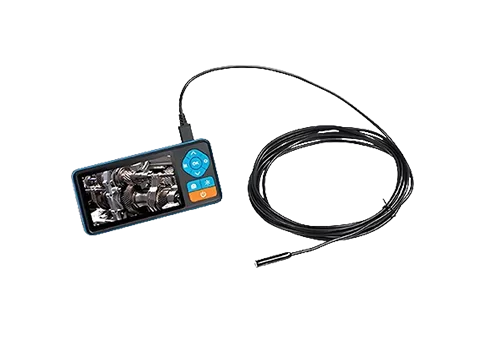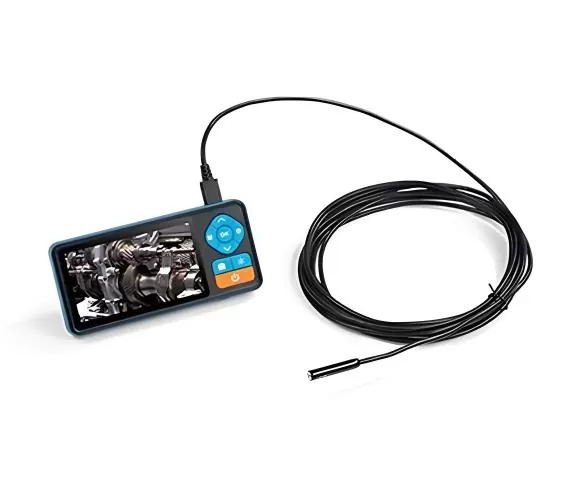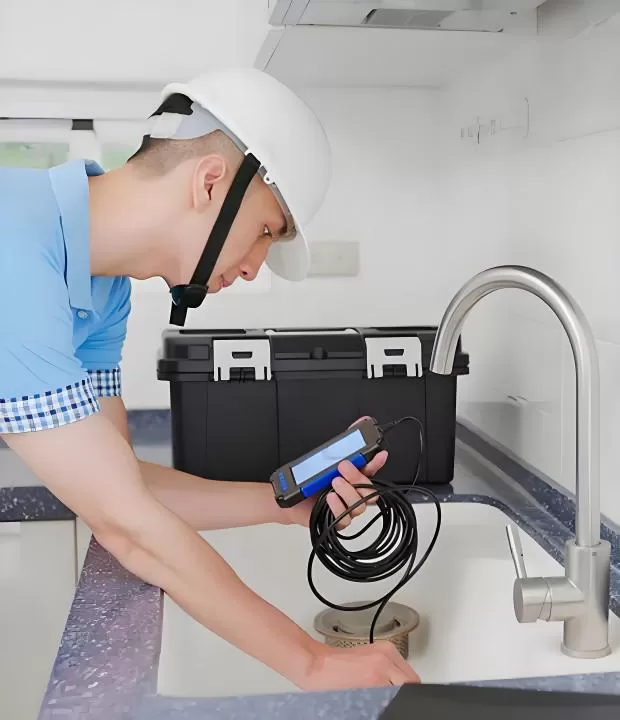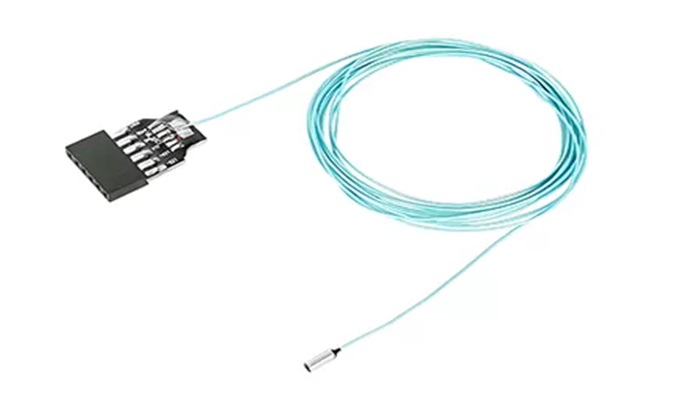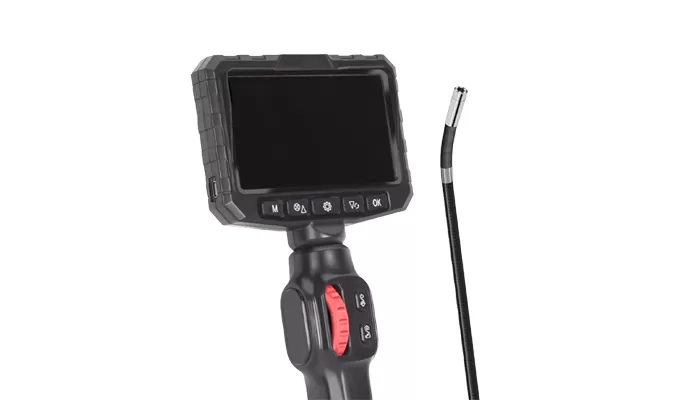Pipe Inspection Endoscope Industrial Inspection Steps
Preparation:
Power on the device and connect the flexible probe to the main unit.
Adjust LED brightness for optimal illumination in dark pipes.
Probe Insertion:
Feed the waterproof probe (diameter 5–10mm) into pipelines via access points or joints.
Use articulation control to navigate bends and obstacles.
Real-time Imaging:
Monitor the 4.3-inch LCD screen for live 1080p video feedback.
Capture snapshots/video of corrosion, cracks, or blockages.
Analysis & Reporting:
Review recorded footage to identify defects.
Generate inspection reports using built-in annotation tools.
Outcome: Rapid detection of structural flaws without disassembly, minimizing downtime and safety risks.
